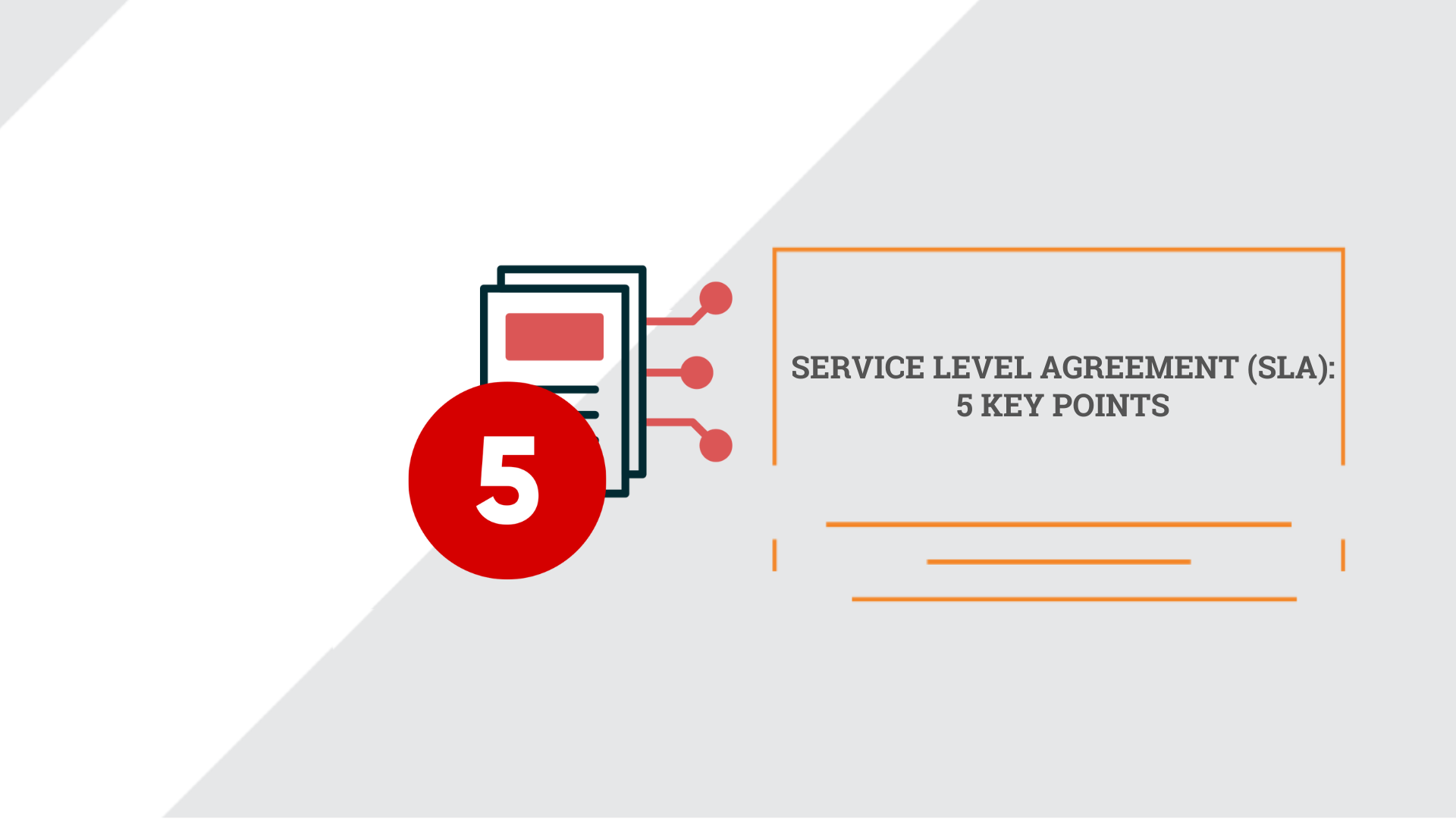Blog of IT lawyers from Kyiv


Non-disclosure agreement (NDA) for tech company
There exists the need to protect the confidential information and trade secrets at any commercial relations, but it is particularly important for technology company. The best way to keep something confidential is not to disclose it in ahead of time. Don’t disclose information until the Recipient has signed and returned the NDA to you. Non-disclosure […]

Articles



Categories







Top publications








